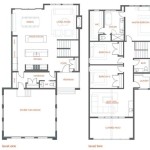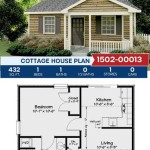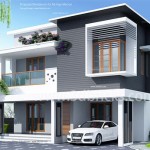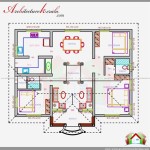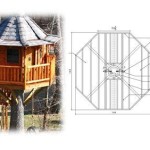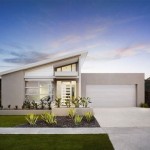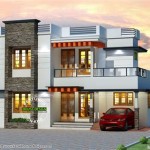Laneway House Plans Vancouver
Vancouver's housing landscape is continually evolving, and laneway houses represent a significant development in urban density and affordability. These detached accessory dwelling units, located on the rear lot of a property, offer a versatile solution to increasing housing options while maximizing existing land use. This article explores key aspects of laneway house plans in Vancouver, covering regulations, design considerations, and the benefits and challenges associated with these unique dwellings.
Navigating the regulatory framework for laneway houses in Vancouver requires a thorough understanding of city bylaws. The City of Vancouver provides detailed guidelines regarding allowable dimensions, setbacks, parking requirements, and construction standards. Prospective builders must adhere to these regulations to ensure their laneway house plans comply with zoning and building codes. Consulting with qualified professionals, including architects and engineers, is strongly recommended to ensure compliance and avoid potential issues during the permitting and construction process.
Design considerations for laneway houses in Vancouver are influenced by several factors, including the size and shape of the existing lot, the desired functionality of the laneway house, and the surrounding neighborhood context. Maximizing natural light is a key consideration, often achieved through strategically placed windows and skylights. Given the limited footprint, efficient space planning is essential to create functional living areas within the confines of the dwelling. Incorporating sustainable design principles, such as energy-efficient appliances and green building materials, can contribute to both environmental responsibility and long-term cost savings.
The integration of the laneway house with the primary residence and the surrounding landscape is an important design element. Creating a harmonious relationship between the two structures can enhance the overall aesthetic appeal of the property. Landscaping plays a vital role in creating privacy and defining outdoor spaces for both the main house and the laneway house. Careful consideration of landscaping elements, such as fences, hedges, and plantings, can contribute to a sense of separation and tranquility.
Laneway houses offer a range of benefits for homeowners, including increased property value and potential rental income. The added living space can accommodate extended family members, provide a separate rental unit, or serve as a home office or studio. This flexibility makes laneway houses an attractive option for homeowners seeking to adapt their properties to changing needs. The creation of additional rental units also contributes to addressing the city's ongoing housing challenges by providing more diverse and affordable housing options.
However, building a laneway house also presents certain challenges. The construction process can be complex and time-consuming, requiring careful coordination between various professionals and adherence to strict building codes. Securing financing for the project may also prove challenging, requiring homeowners to explore different financing options. Managing the construction process effectively and obtaining the necessary permits require meticulous planning and attention to detail.
The costs associated with building a laneway house in Vancouver can vary significantly depending on factors such as size, design complexity, and material choices. Developing a realistic budget is crucial before embarking on the project. Homeowners should factor in costs associated with design, permits, construction materials, labor, and landscaping. Exploring various cost-saving strategies, such as using prefabricated components or opting for simpler finishes, can help manage the overall budget.
Prior to initiating the design and construction process, it is essential to engage in thorough due diligence. This includes researching zoning regulations, obtaining necessary permits, and assessing the feasibility of the project based on site conditions and budget constraints. Consulting with experienced professionals, such as architects, engineers, and contractors, can provide valuable insights and guidance throughout the entire process. Thorough planning and preparation are critical for a successful laneway house project.
Laneway houses represent a valuable addition to Vancouver’s housing stock, offering a flexible and innovative solution to increasing density and affordability. By understanding the relevant regulations, design considerations, and potential challenges, homeowners can make informed decisions about incorporating a laneway house into their property. Careful planning and execution are essential for maximizing the benefits and minimizing the complexities associated with these unique dwelling units.
The City of Vancouver's website provides a comprehensive resource for information on laneway house regulations, building permits, and design guidelines. Consulting this resource is an essential step for anyone considering building a laneway house in Vancouver. Staying informed about current regulations and best practices is crucial for a successful and compliant project.

The 1 Best Laneway House Vancouver Bc Builder Homes Of Silvercrest

Laneway Homes Kerr Design Build Award Winning Custom Home Builder Renovation Contractor

The 1 Best Laneway House Vancouver Bc Builder Homes Of Silvercrest

2 Bedroom Laneway House Plans Adaptive

The 1 Best Laneway House Vancouver Bc Builder Homes Of Silvercrest

Laneway House Vancouver Silvercrest

Kaslo Laneway House Milbec Contemporary Building Design

Vancouver Laneway House Lanefab Inhabitat Green Design Innovation Architecture Building

Graham Barron Design Inc Gb01 50 Laneway House Vancouver

Stunning Bookcase Staircase And Greenhouse Conservatory In The Larch 33 Layout

